Returning to Northern Italy by rail in early April 2023 for a ten day stay in Bologna, my partner Esther and I were struck by how well everything now seemed to work. Whereas both our governments appear out of touch, Italian cities have had enough autonomy to create great places to live and work, while conserving their exceptional heritage. Speeding by High-Speed train from Paris to Turin on the outward journey, it was clear how much more investment has been made in the infrastructure over the last few decades.
Turin, Torino
Turin, for a while the capital, now boasts a stylish underground rail system as well as its traditional trams and is surrounded by mountains to the North.
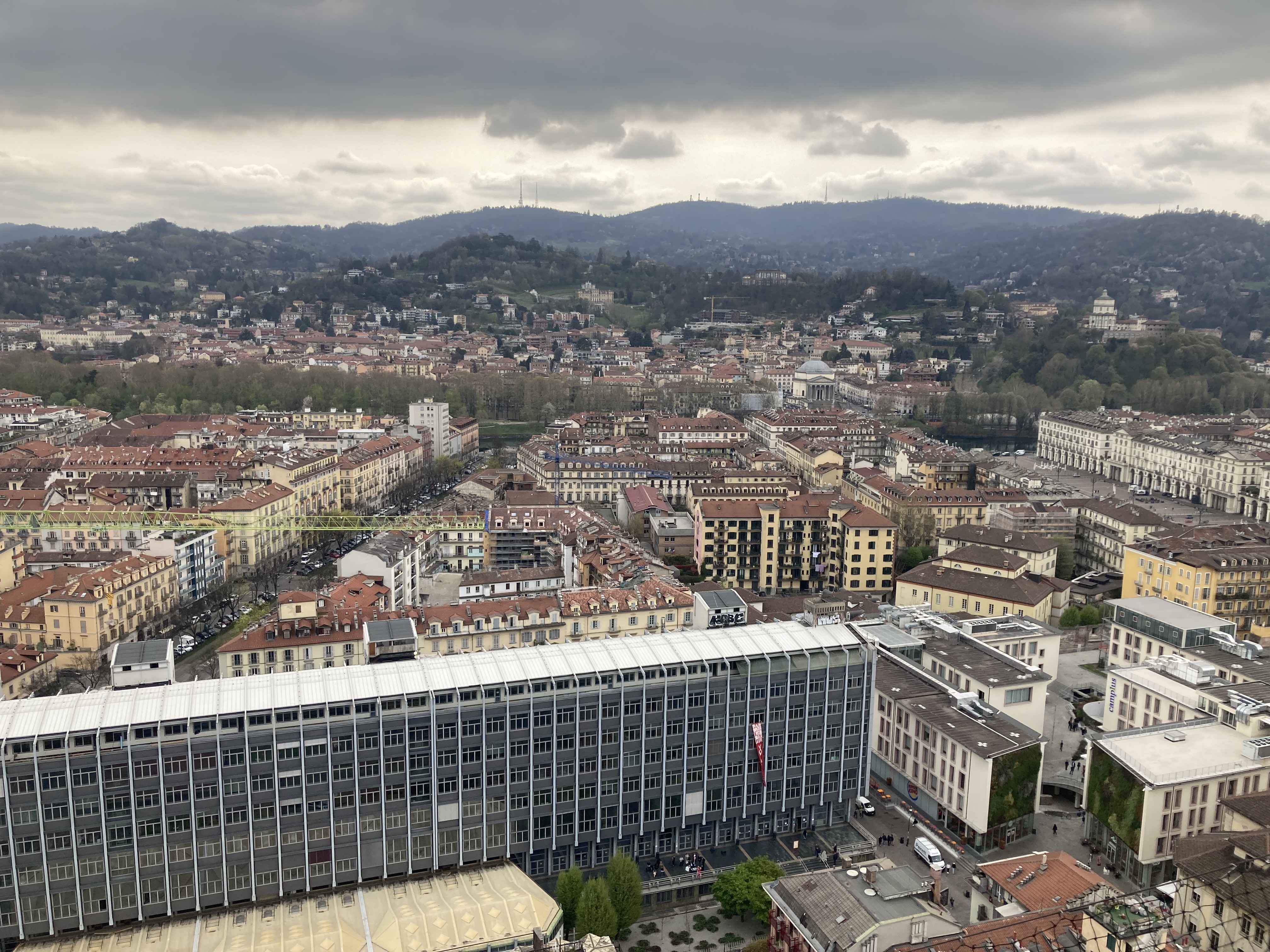
We spent the night in a fabulous and reasonably priced hotel overlooking Turin station and a pleasant square.
Milan, Lombardy
The larger and rival city of Milan, where we spent two days, is much better connected than British equivalents such as Birmingham or Leeds. A modern underground Metro system connects up with historic 19th century trams, and everywhere in Milan is very walkable. A short walk from the main railway station is an area known as Isola and Porto Nuova, with some stunning new architecture including Bosco Verticale, or vertical forest, a large bookshop combined with a café, and a pleasant park.
Urban regeneration projects use stylish ‘green’ architecture to create memorable places that are designed for people to linger and spend time with each other.
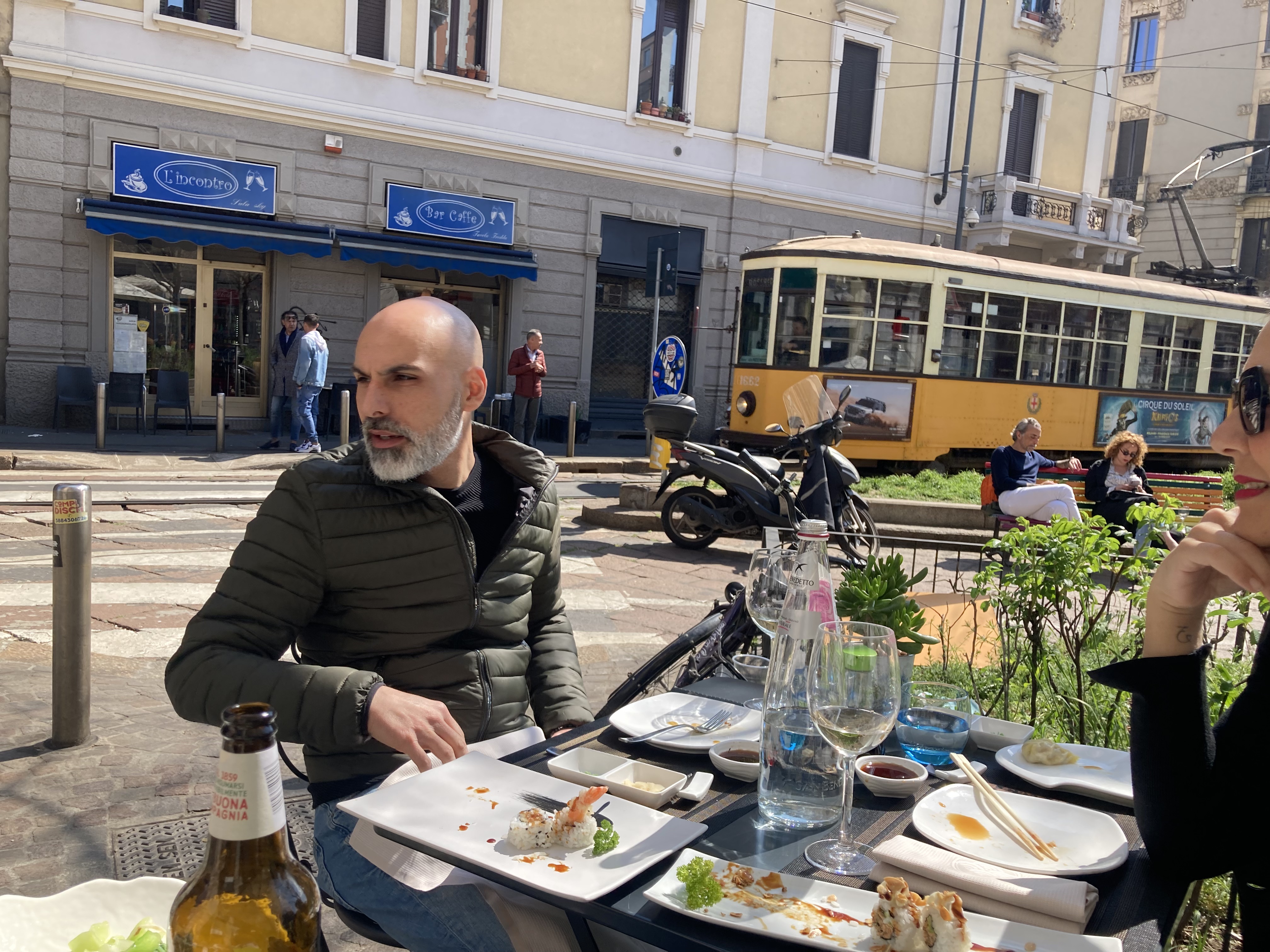
Milan’s urban centres are compact, with large enough populations to support high quality services.
Bologna, Emilia-Romagna
However it was the lesser-known city of Bologna, the capital of the Region of Emilia-Romagna, impressed us most. We spent five days improving our Italian at a language school and a further five days getting to know the different parts of the city.
Bologna is the seventh largest city in Italy with a population of almost 400,000 in a metropolitan area of a million. The city is now one of the wealthiest, and the region, with its 4.5 million inhabitants, has significantly the region risen from near the bottom in 1970 to the top in economic performance, ranking 10th in the European Union’s 122 economic regions.
Economic growth
How can the region’s economic revival be explained? Largely neglected by foreign tourists, who flock to Venice, Florence or Rome I believe the city region’s success can be attributed to five main factors: a central location, a cooperative spirit, a pride in its heritage, a quest for learning, and above all an enjoyment of the good life. Nestling below the Apennine mountains on a flat well-irrigated plain, agriculture has long prospered. The geographic conditions favour sustainable growth, and Bologna forms a transport hub with a huge railway station and an airport on the edge of the built up area. Other towns and cities are located about an hour away, which helped Bologna become a great market place in the Middle Ages.
The vast fields produce superb vegetables that need to be packed, canned and transported, and hence lend themselves to mechanisation. As a result many of the 90,000 manufacturing enterprises are involved in some form of light engineering. Protected by patents and run largely by families, they are known for the strength of their collaboration or ‘mutualista’ , which has given rise to one of the largest concentrations of cooperatives in Europe. There are also a number of philanthropic endeavours, such as the Fondazione Golinelli.
While it is the production of Ferrari and Lamborghini cars and Ducati motorcycles that have made the city famous, equally important is the Centro Agro Alimentaire. An 8-hectare food market with almost 300 producers. A display at the stylish airport celebrates the many related engineering firms.
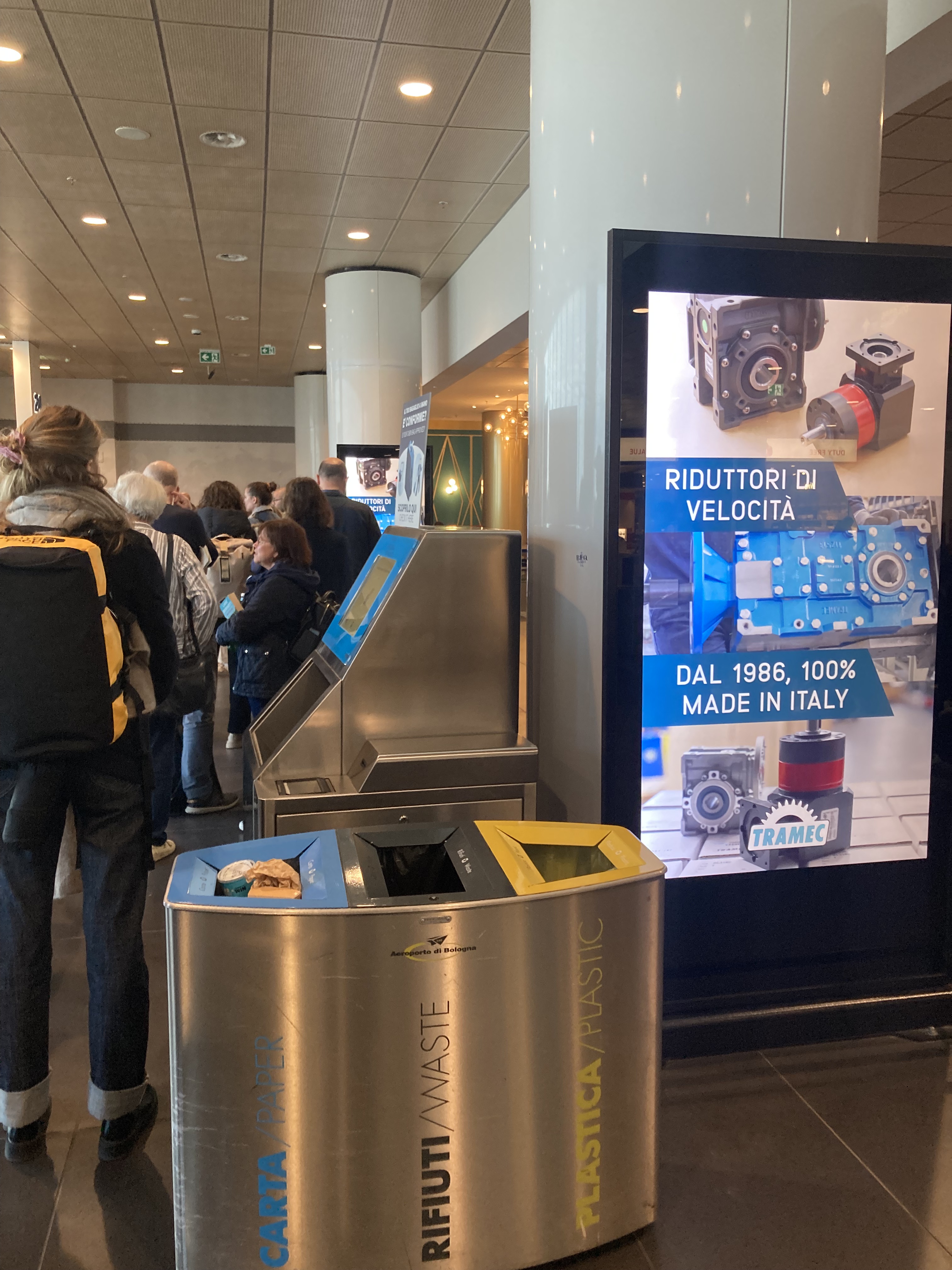
Bologna is renowned in Italy for having some of the greatest food, and there are places to eat and drink everywhere, which make the main streets seem very friendly.
One of its names is La Grassa, which means the ‘fat one’. Close to the surface lies a distinctive culture, or tradition of collaboratve and mutualista. This has given Bologna one of its images as La Rosso, or red, which also applies to its red terracotta tiles.
The local authority employs 1,500 staff with large new offices in an area that has been redeveloped to the South of the railway station.
There is a tradition of municipal republicanism, with a dominant Communist Party and a succession of Socialist Mayors. The city’s role in fighting fascism led to reprisals, which strengthen collaboration. The culture may be rooted further back in the struggles of farmers against rich landowners in the early 19th century, or to even earlier to the Paradise Law of 1257 which freed the serfs and turned them into tax payers. Today the Mayor is elected from the wider Metropolitan area, and the city itself is divided into six districts, each with their own elected Council. In Bologna, over 85% of the social services are provided through social coops. The centre is highly walkable. The excellent public transport services, with frequent and affordable buses, many of them electric, are run by the Region.
The most distinctive feature is the system of arched porticos, some 40 km in total. Dating from the 12th century these are privately owned but for public use, and were required when any private house was built. At the same time waterways and a third ring of walls started. By the time these were finished 150 years later Bologna was one of the largest cities in Europe, stretching over 400 hectares.
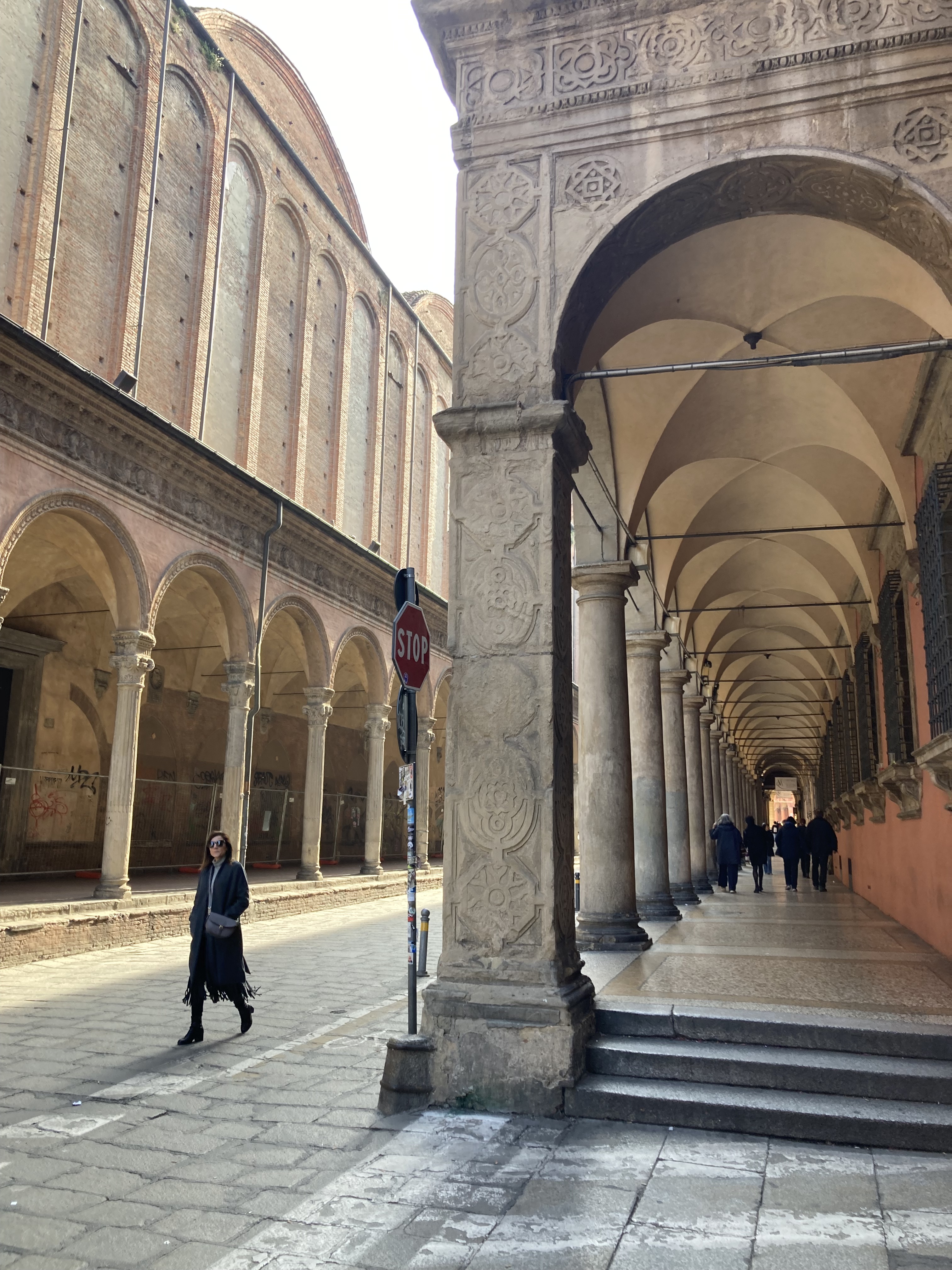
The city is largely built out of brick faced in stucco. A legacy of fine streets enriched by extensive greenery, and many colourful shades, create a great ‘pride of place’. The municipality is promoting ‘Collaborare e Bologna for the common good through initiatives at the level of ‘your school, your quarter, or your city.’ Twelve gates or Porte on the roads that lead out of the city, help to divide the central area into many different places. Though there are some great squares and statues like the Piazza Magiore with the old municipal offices, the overall scale is human.
It only takes 40 minutes to walk from one side of the city to the other, and much of the centre is given over to narrow residential streets. Shops and cafes on the ground floors of the main roads are all occupied and many carry their ancient fascias. Out of town and internet shopping are consequently not such a threat to the centre’s vitality and viability.
Smart urbanism
Bologna has been renowned for its ancient university, possibly the oldest in Europe dating from 1088, with 90,000 students, most of whom come from outside the City. The university, grew out of law and medicine, and though engineering can be studied, it is essentially concerned with the humanities. It is concentrated in a quarter made up of ancient streets.
New blocks are being built to house students now that students are competing for space with residents and visitors. . The business school is in located outside the city centre in a grand house up a hill at the end of a bus line.
As a consequence the city continually attracts young people who may get their first job there but tend to move elsewhere to find better jobs and homes they can afford. As a result the average age of citizens in 2015 was 51 compared with 42 in other Italian cities.
The Bologna Metropolitan Structure Plan was aimed at breaking down the divisions between the city and the surrounding area, through a Seven Cities Concept. The principles of Diffused Slow Regeneration and Cohabitation Pacts between the Municipality and other stakeholders set out rights and responsibilities, and are maintained by the Urban Plan Office. An excellent guide called Reading the Urban Plan is available in English. City planning has moved away from dividing the area into zones in order safeguard the value of what has been inherited under a law enacted in 2017. Overriding principles such as sustainability, transparency and citizen participation are reflected in the latest plan, which cover six quarters where the city was previously divided into. The plan is a model of digital innovation, with some 80 layers. It is consequently relatively easy to relate age or condition of properties, from the 400,000 different units in the Cadastral.
In discussing the City’s plans with the head of the planning office, architect Francesco Evangelisti and his assistant, engineer Valentina Ballotta, it became apparent that the municipality saw itself as a principal partner, along with associations of businesses and citizens. There is no economic department and transport is handled at the regional level.. Though taxes went to the central government in Rome and were then reallocated, the municipality had a degree of freedom that British local authorities lack. So, for example, the City has experimented with ‘participatory budgeting’ However it could look back to the ‘golden period’ under an Act of 1962 when the local authority simply took over land, while it now had to negotiate, using its powers of giving planning permission.
The main themes of the current plan are:
- A healthy environment, with a particular concern to improve the poor air quality
- A safe place with aim of reducing the risks associated with flooding and other consequence of climate change
- A different home to overcome the problems created by competition between residents, students and tourists for accommodation, with a particular problem of retaining young people after their first jobs
- A space for everyone to deal with the wear and tear on the public realm, and improve ‘habitability’
- A network economy with a shift towards services that need to be spread across the territory
- A multi-faceted role as Bologna compares itself with other European cities and makes the most of its strengths.
We were told the city is now having to cope with major environmental challenges, such as flooding (and a few weeks after our visit in Spring 2023 the long drought was followed by a deluge in which the region experienced six months of rain in 36 hours and 15 rivers burst their banks). There are also pressures on housing. As housing is so expensive now, the population would have declined and aged if it had not been for immigration. Planning has tended to be reactive, and the pace of change has actually been quite slow. The biggest issue was ‘balancing publlc and private interests.’ Though there are a few areas that are being comprehensively redeveloped, such as the former market area, the original idea of creating a new town was dropped as too ambitious.
One area for experimentation we visited, known as DUMBO, is a former railway goods yard. A short (four year) lease has been given to a company that has then attracted many other small creative enterprises.
This also provides an area for cultural events such as concerts and is probably helping to revive an area once known for its industries.
Ravenna and Ferrara, Emilia-Romagna
We also used the cheap and frequent regional trains from Bologna to enjoy the well-known historic cities of Ravenna and Ferrara, with their great mosaics and renaissance showpieces. In both cities there is lots to see, good shops and restaurants, and a very relaxed atmosphere, at least in Spring!
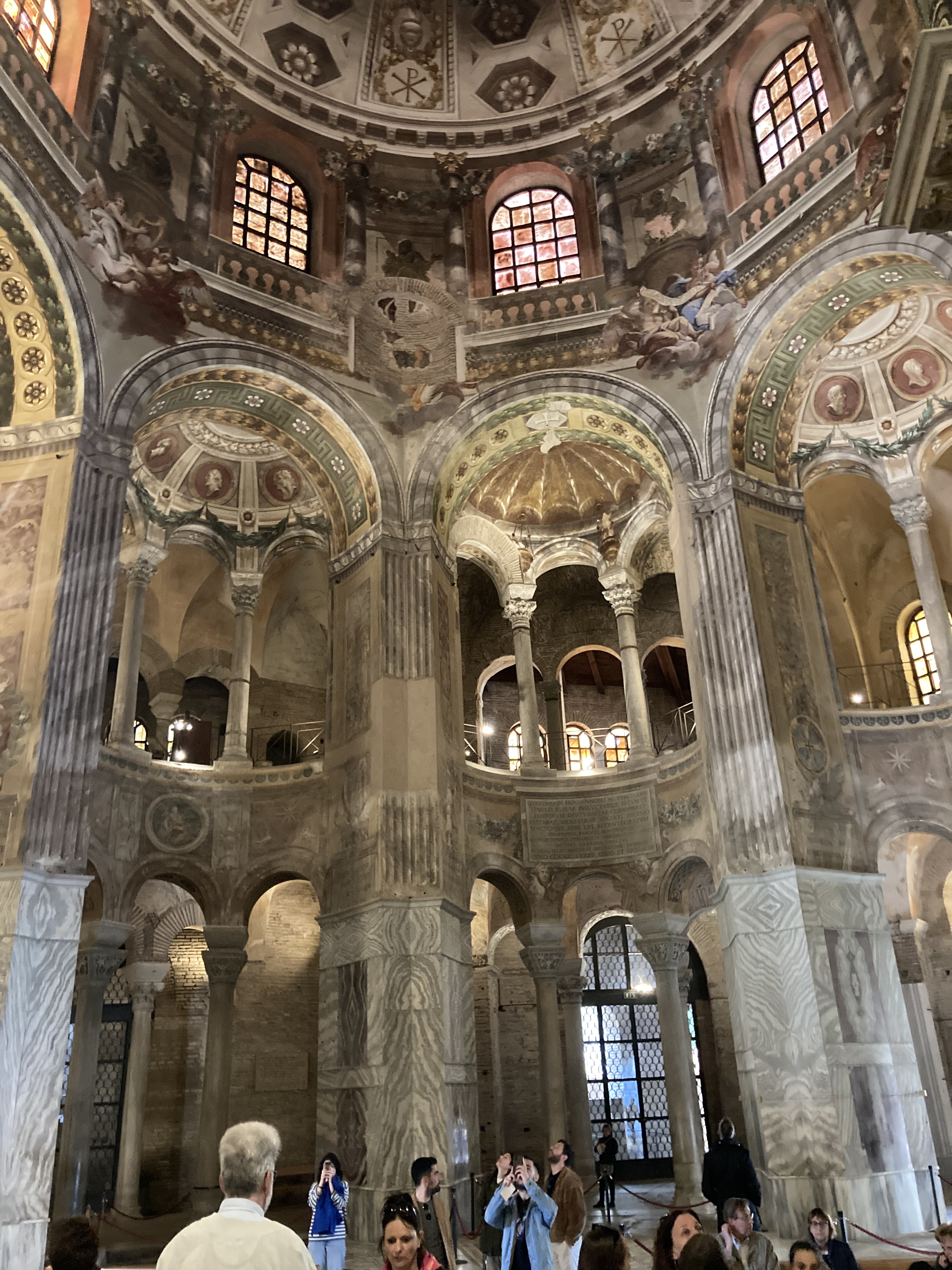
Final Thoughts
We came back to the UK converts to the Italian lifestyle and communal values, which I believe offer important lessons for British urbanists. Like Trieste, which won the Academy of Urbanism’s Great European City award in 2022, these cities have had to struggle with war-time damage, authoritarian governments, and the loss of an empire. More recently they have found a new sense of purpose and economic dynamism as active players in the European Union.
Italy presents a paradox as it is often considered a relative political and economic failure. The country has a troubled history of foreign domination, an image of a Dolce Vitae of good food, wine and sun, and a reputation for corruption well-documented in The Dark Heart of Italy by English journalist Tobias Jones. Not unified until 1861, many centuries after the collapse of the Roman Empire, the striking watch towers and churches mark the efforts of rival families such as the Medici to outdo each other.
Scandals associated with the late media magnate Berlusconi and the Fascist government of Mussolini have intensified a North South divide, but also perhaps strengthened civic and sporting loyalties. This stereotype misses out the economic dynamism of the four Northern regions of Tuscany, Umbria, the Marches and Emilia Romagna, a highly integrated and urbanised belt, comparable with the one that runs across the Netherlands, Denmark and Northern Germany, and with places that British cities can learn from,

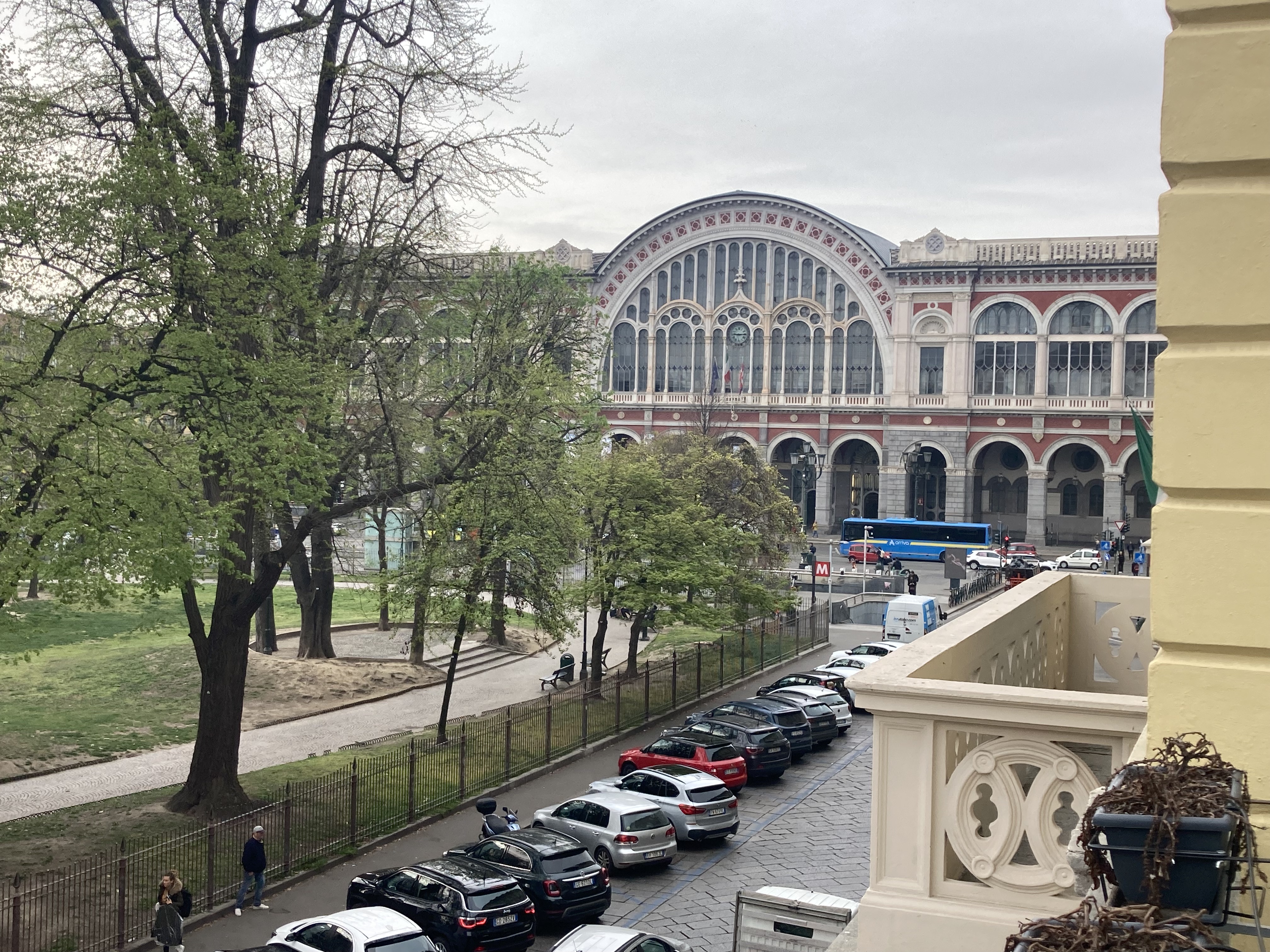
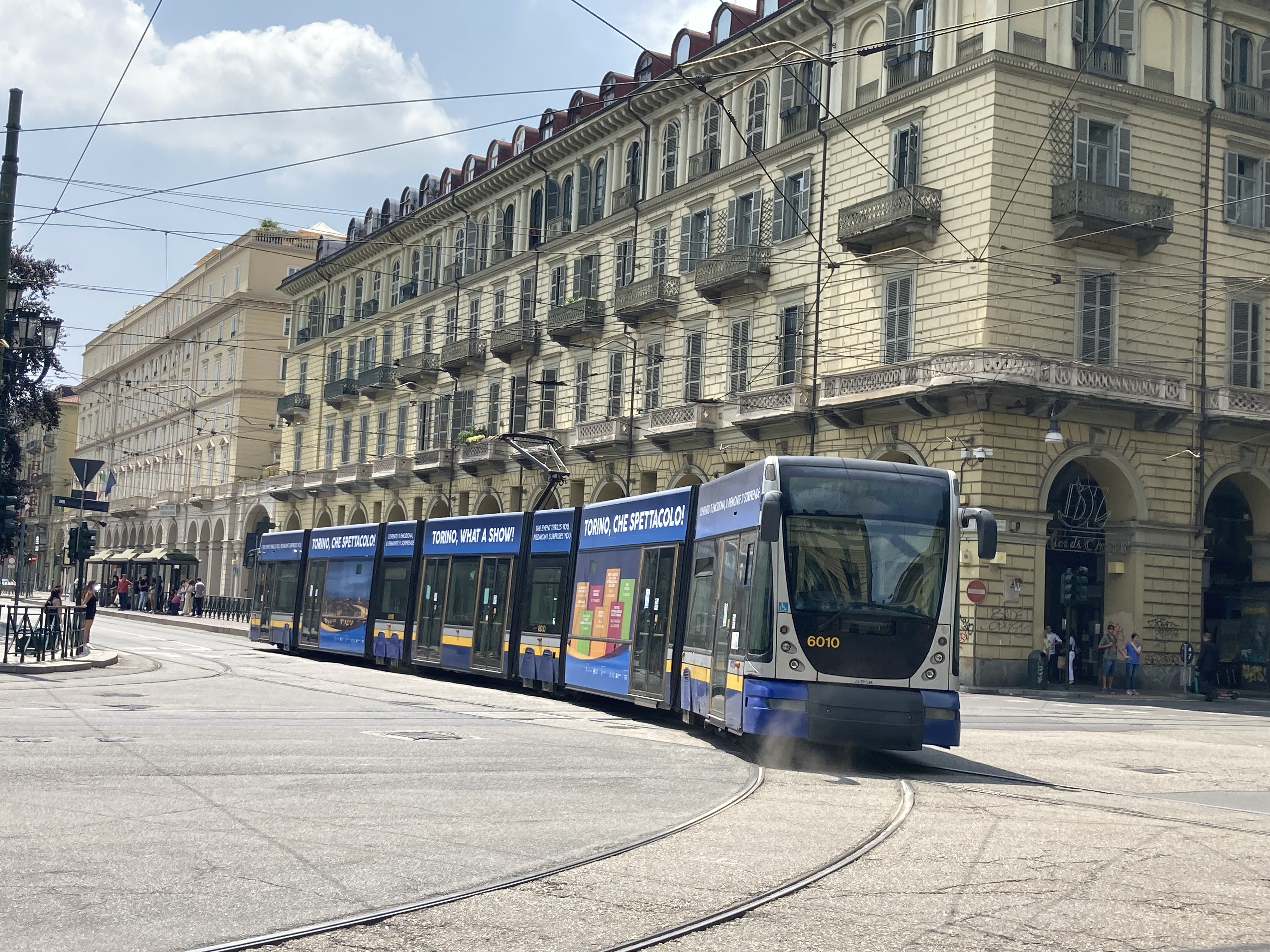
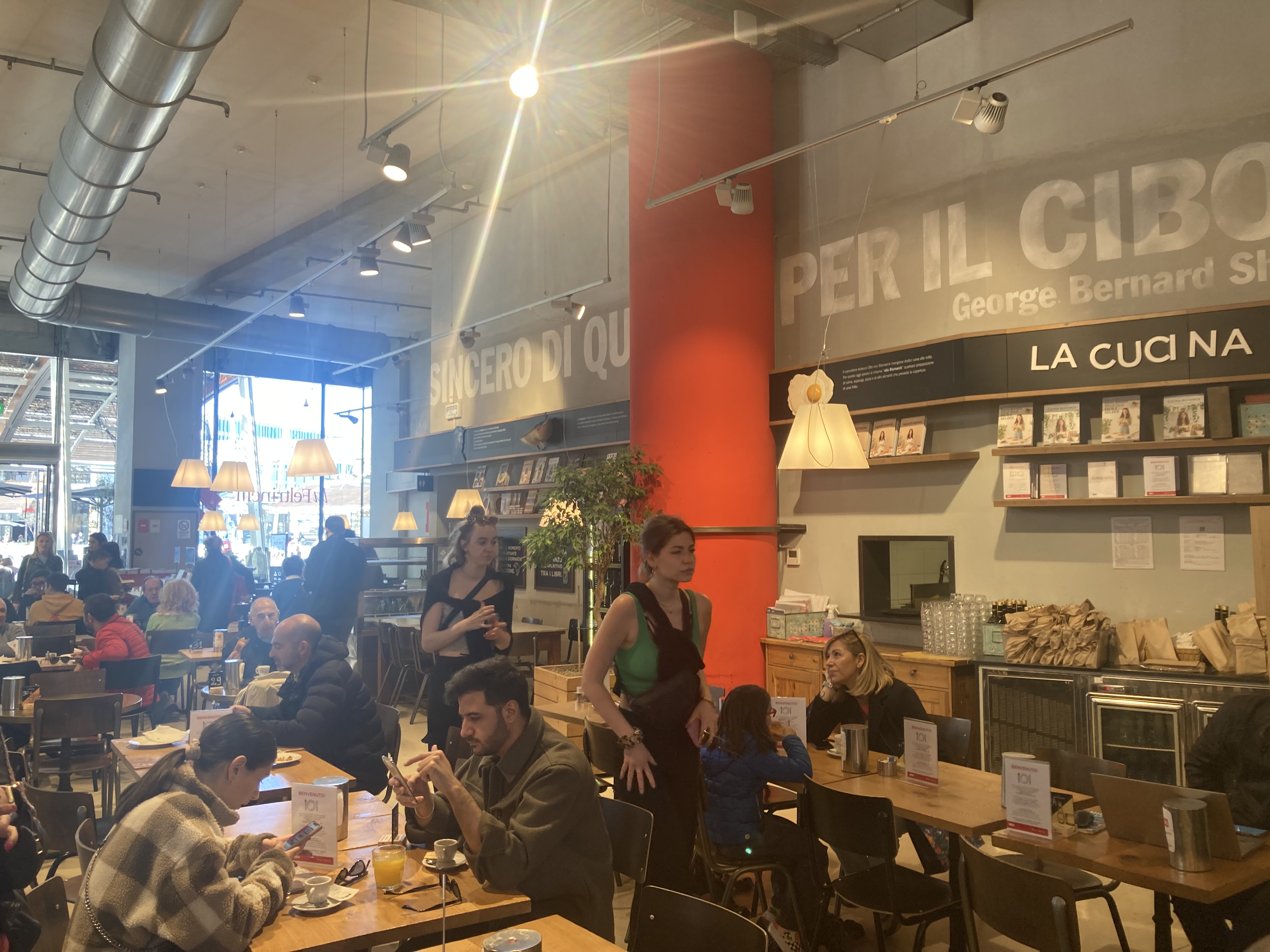
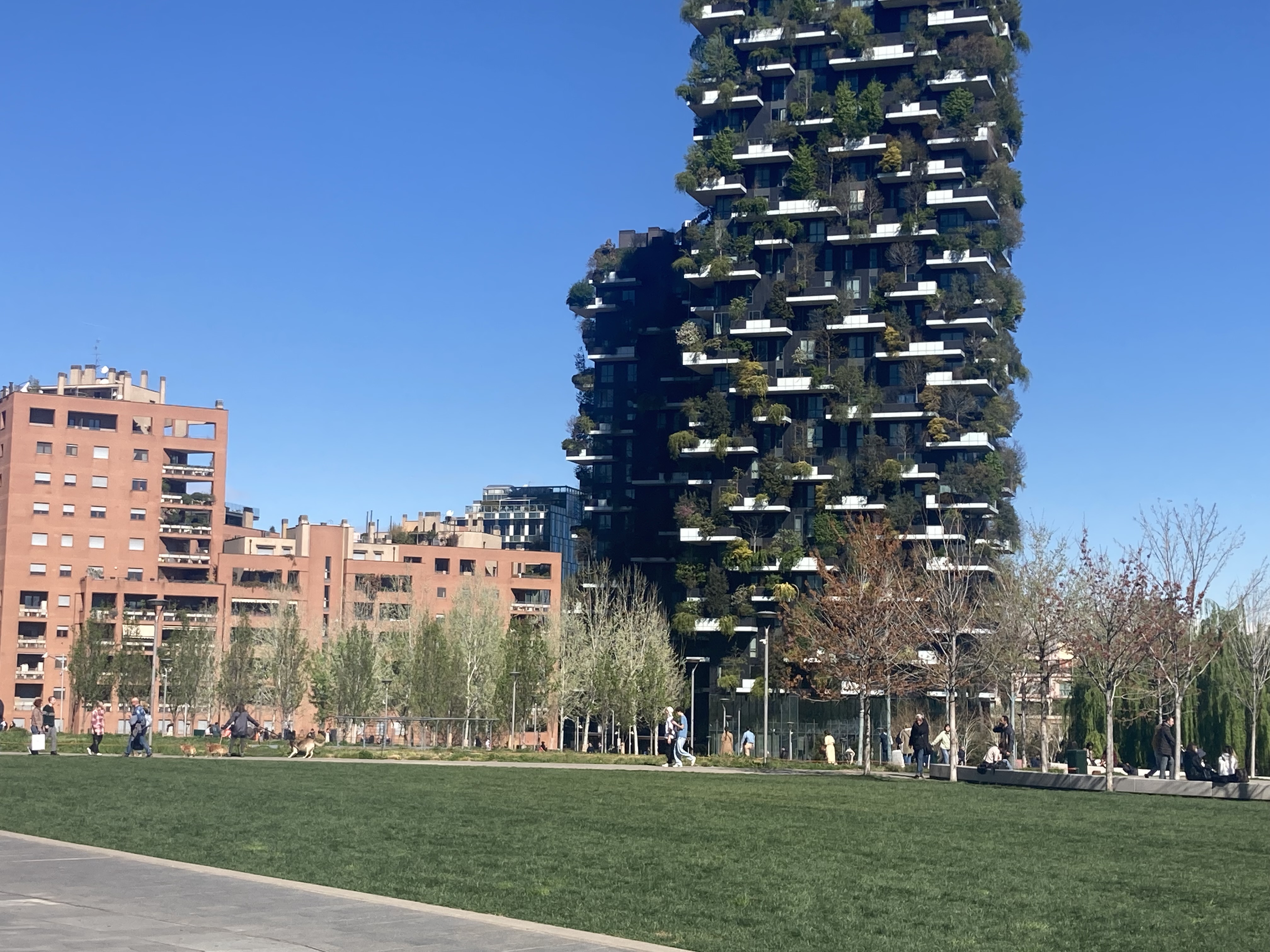
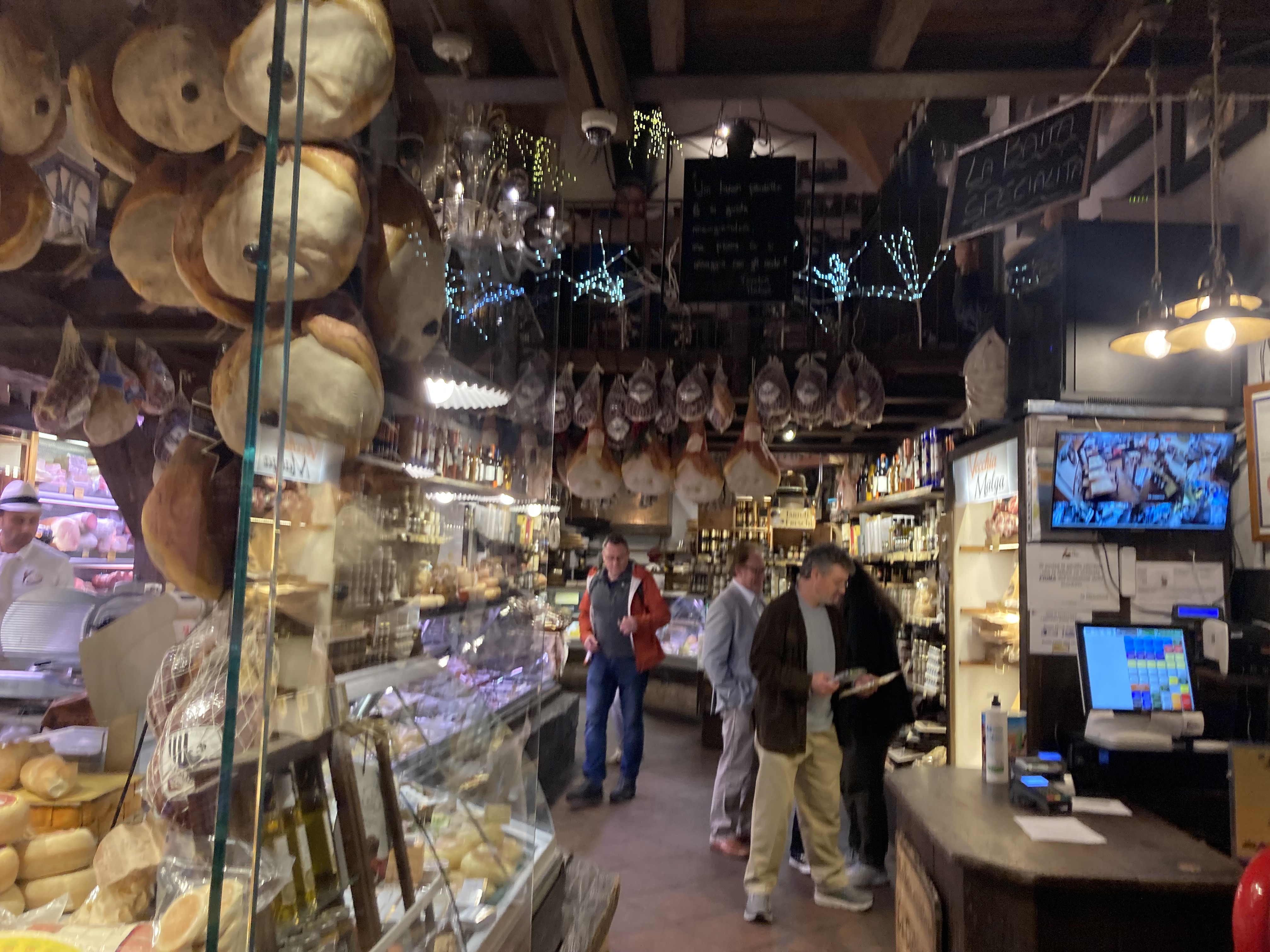
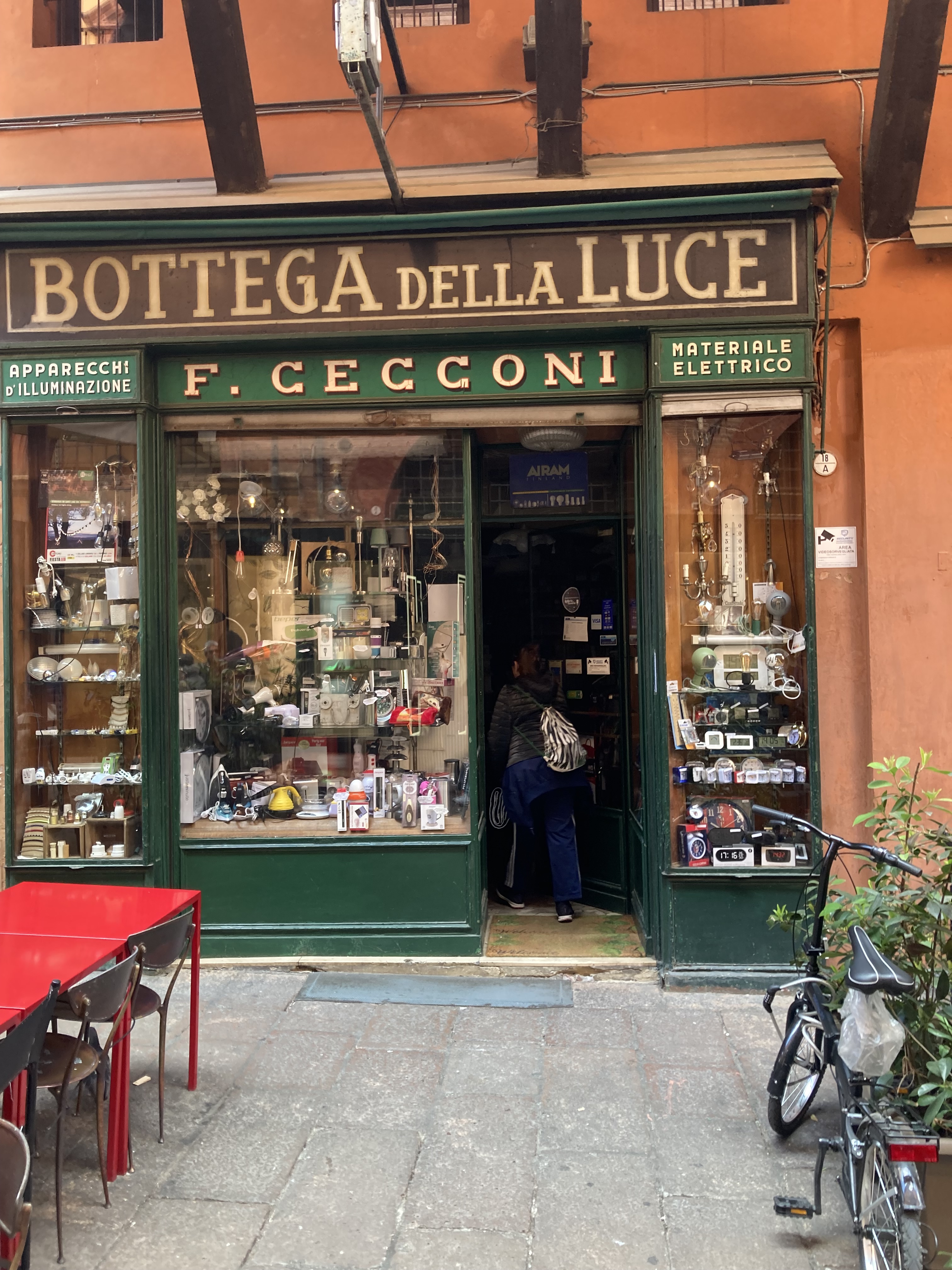
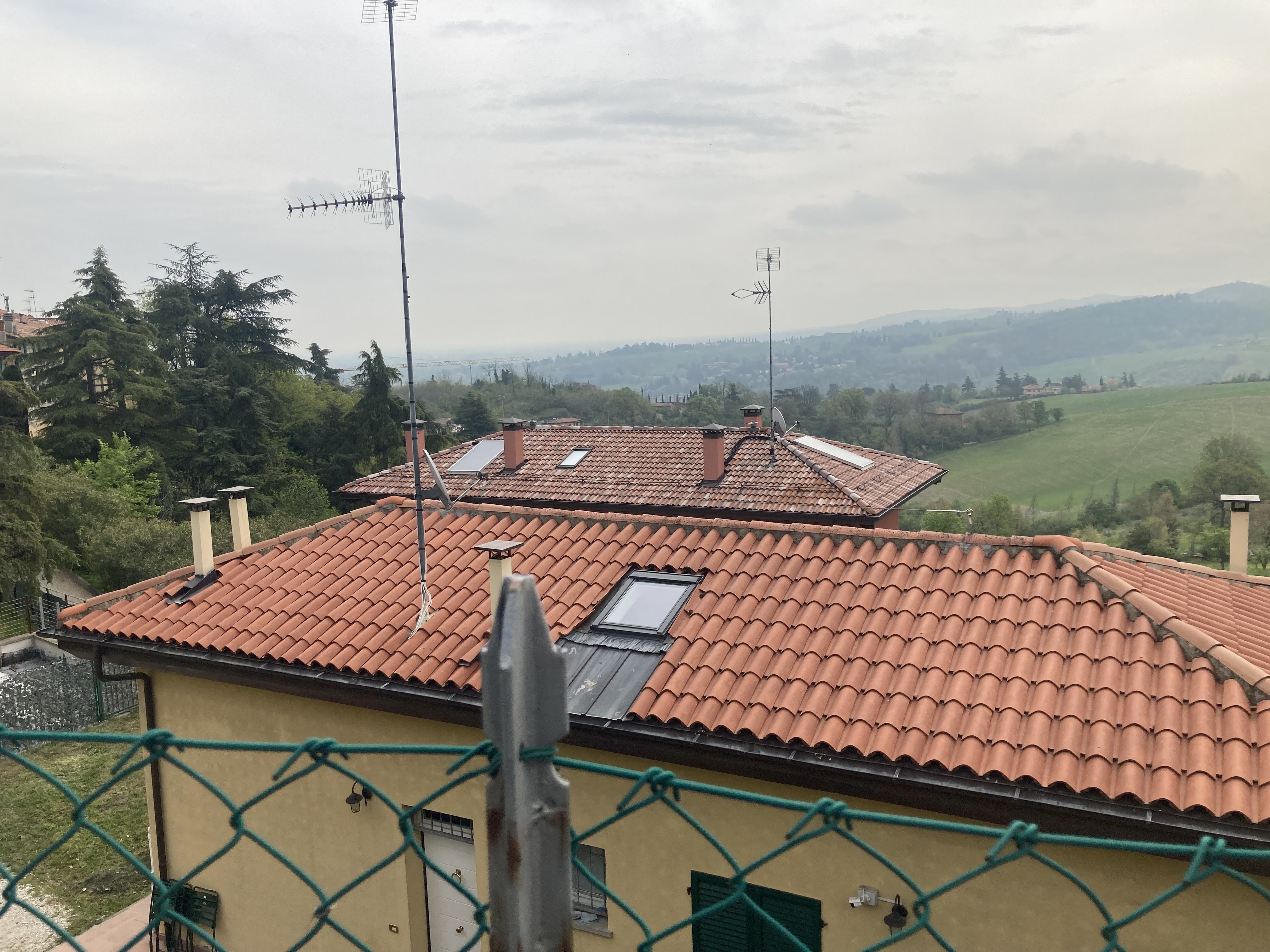

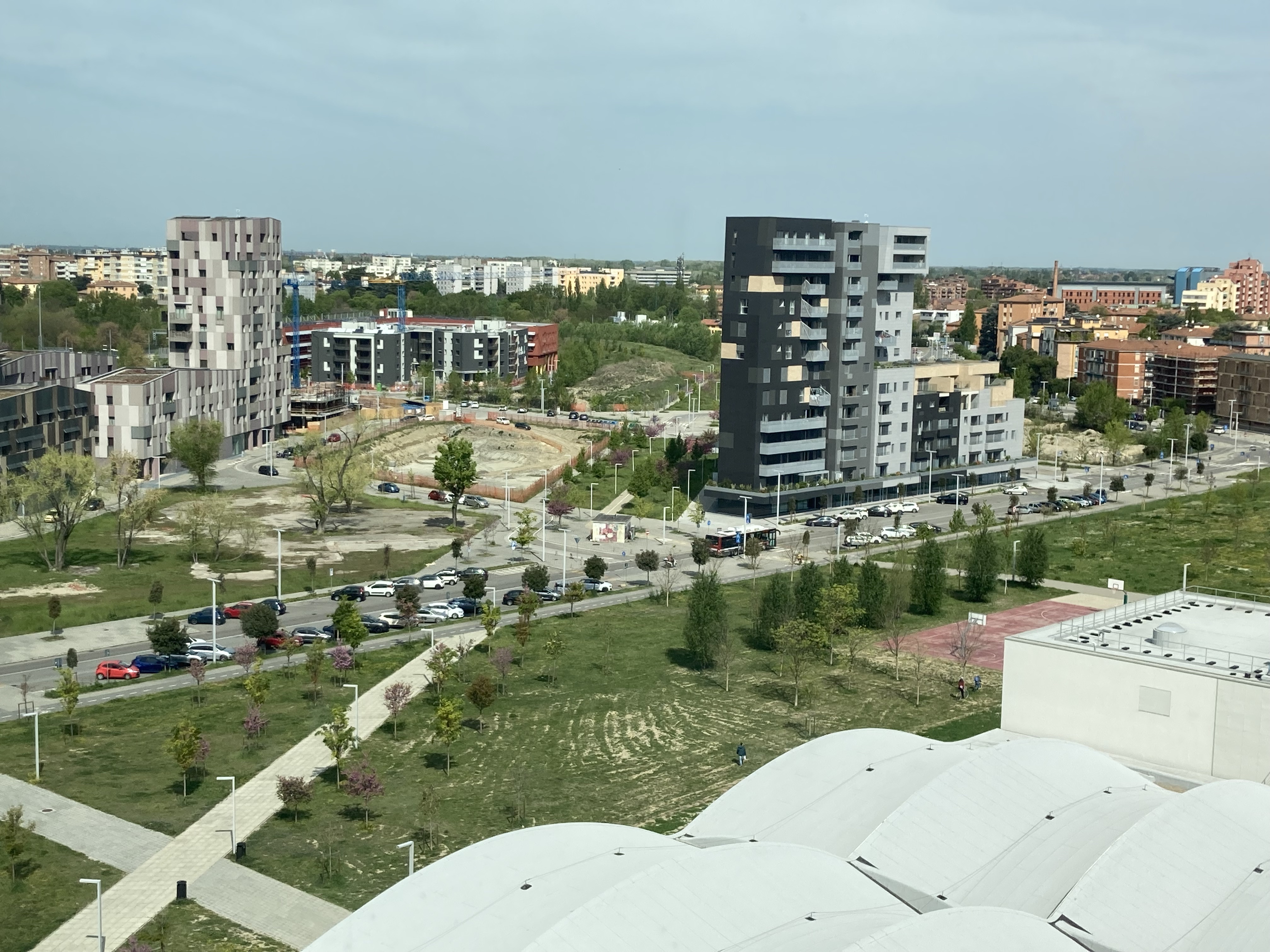
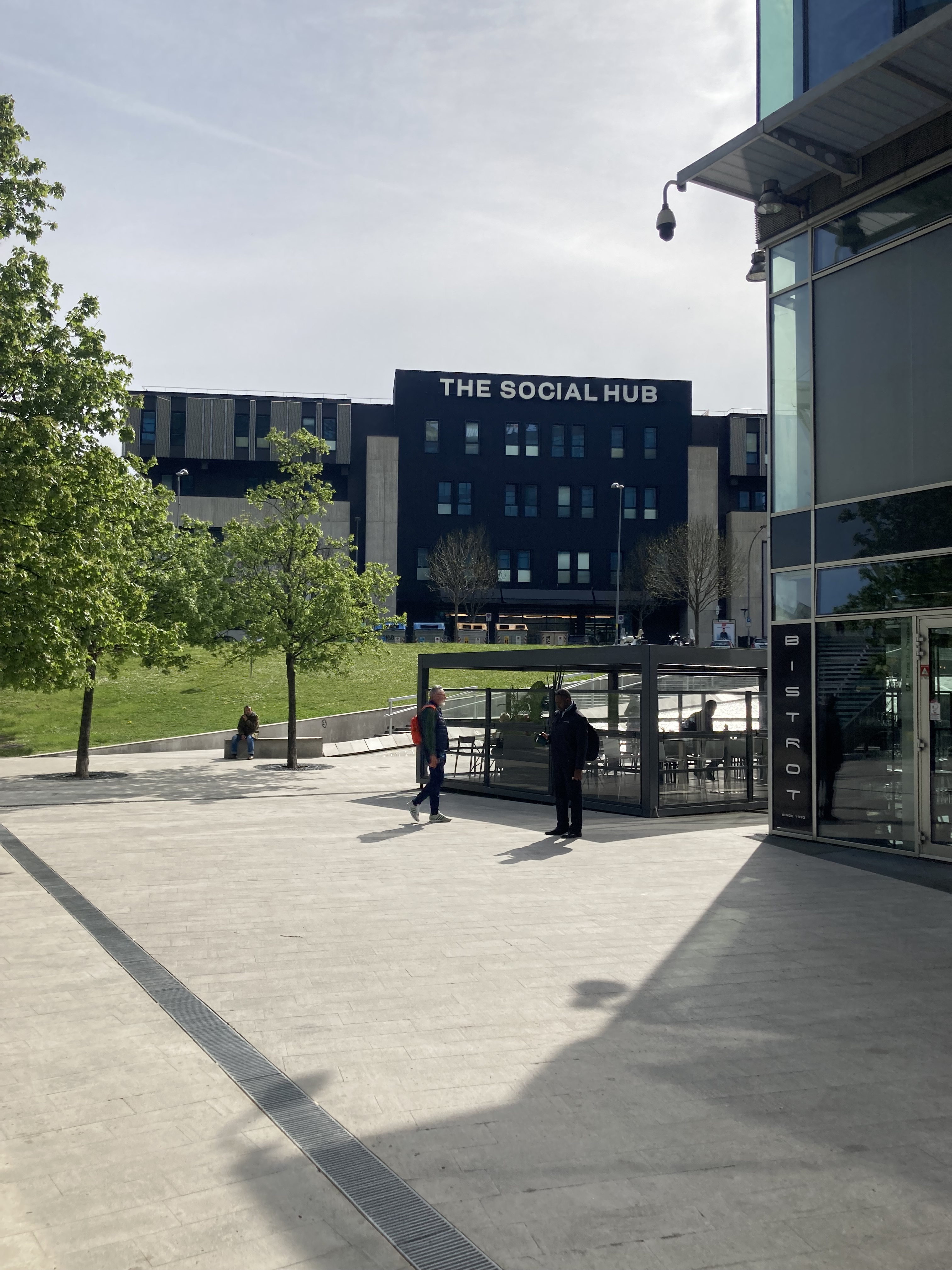
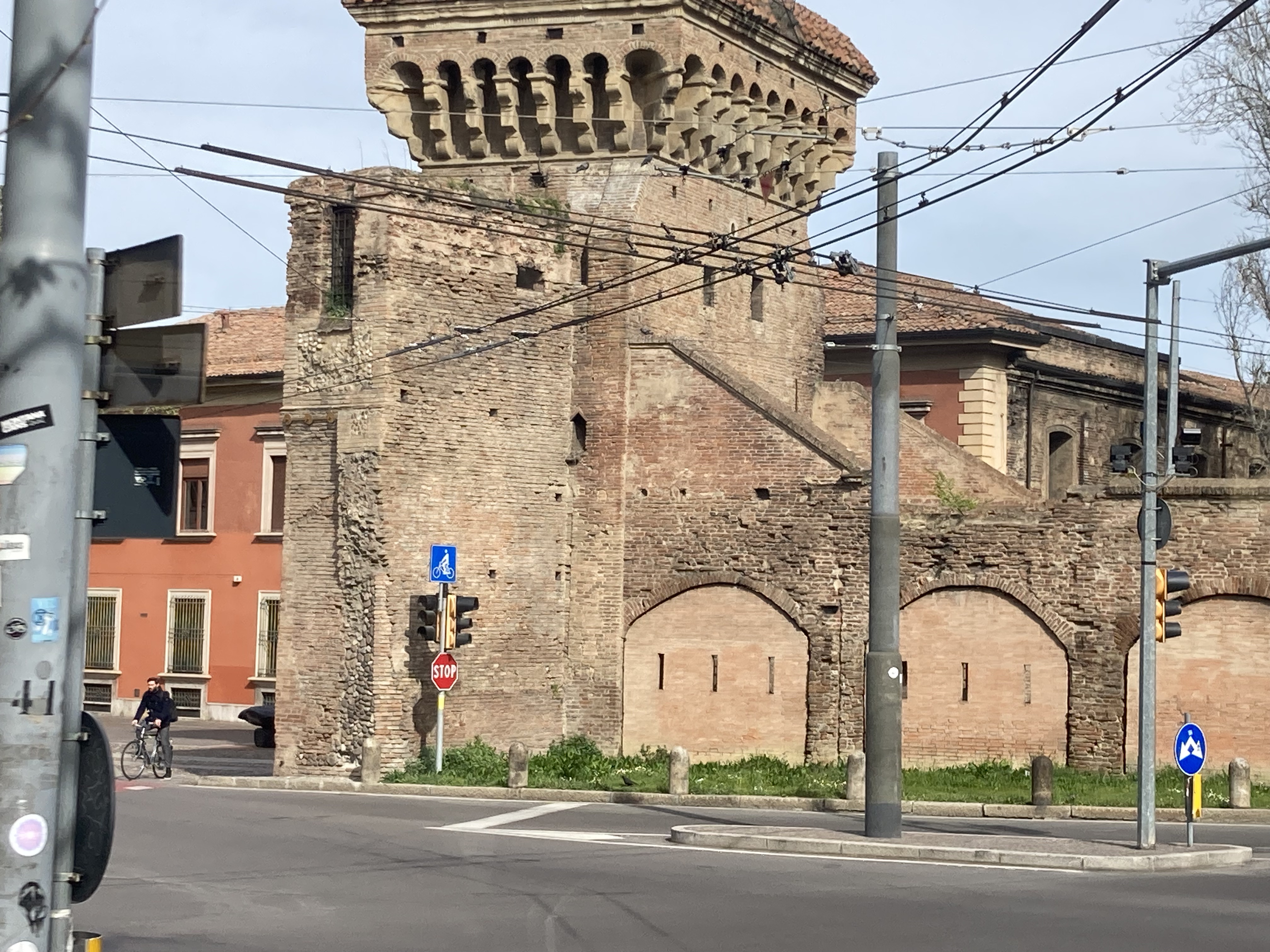
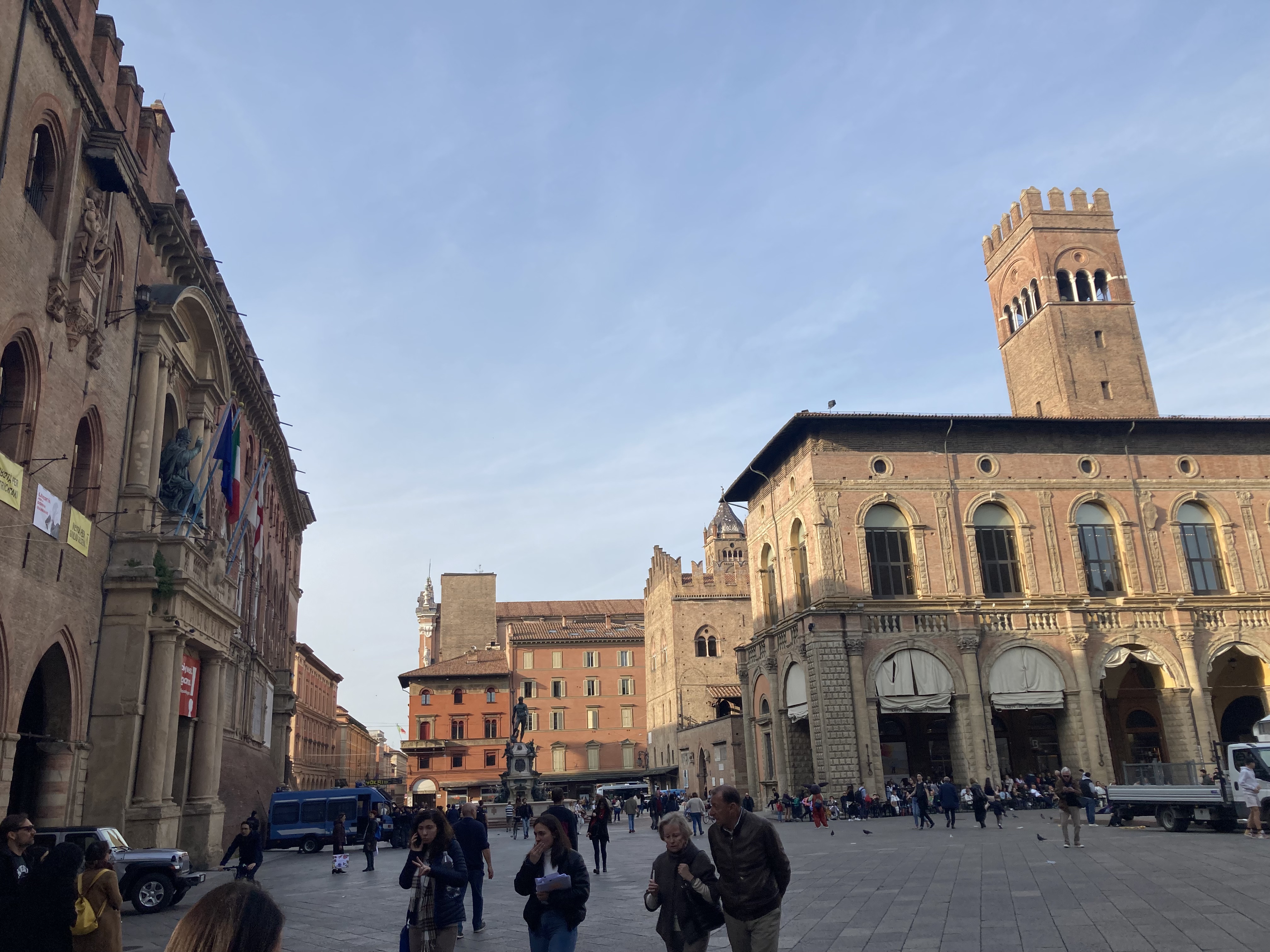
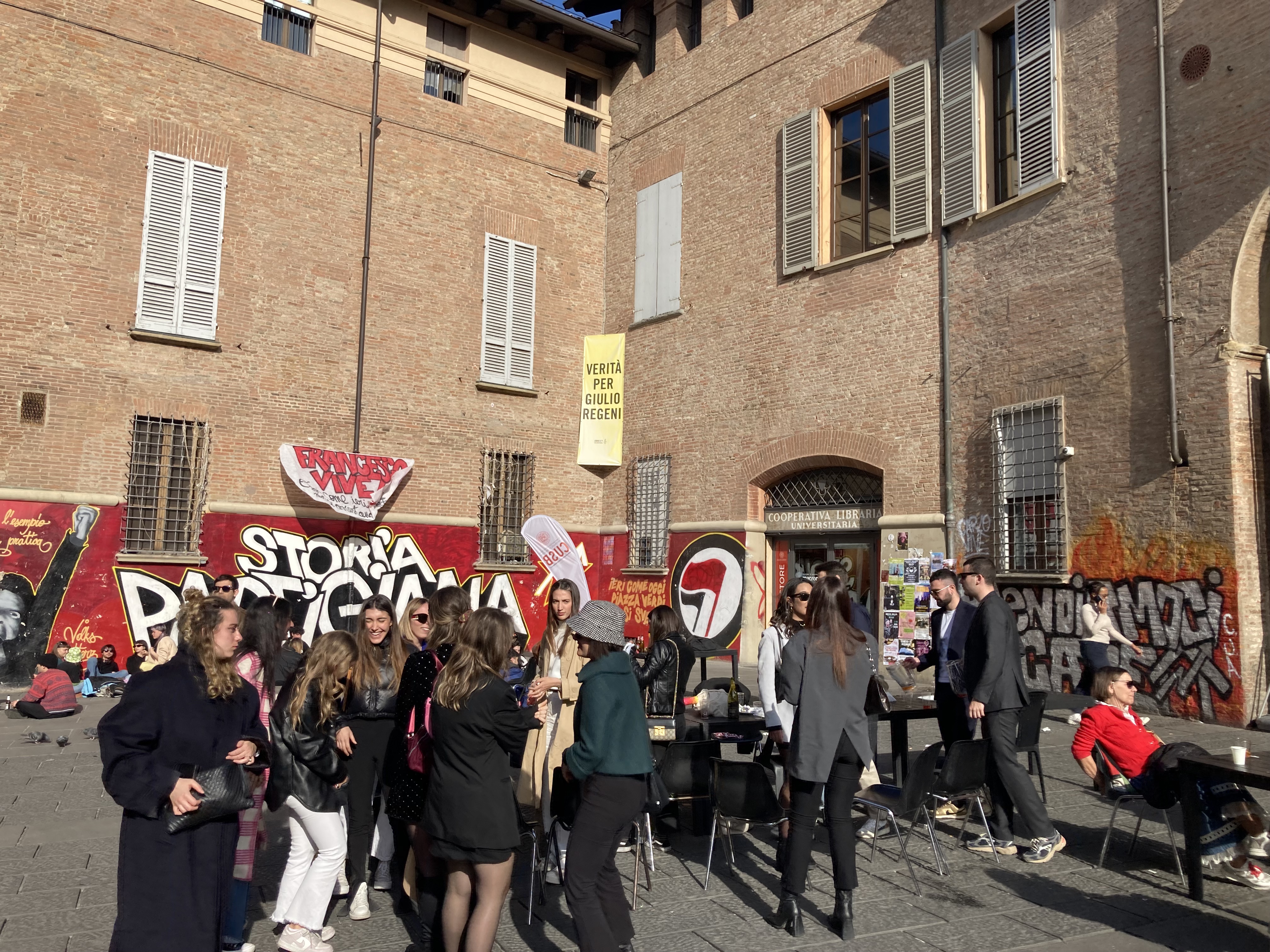
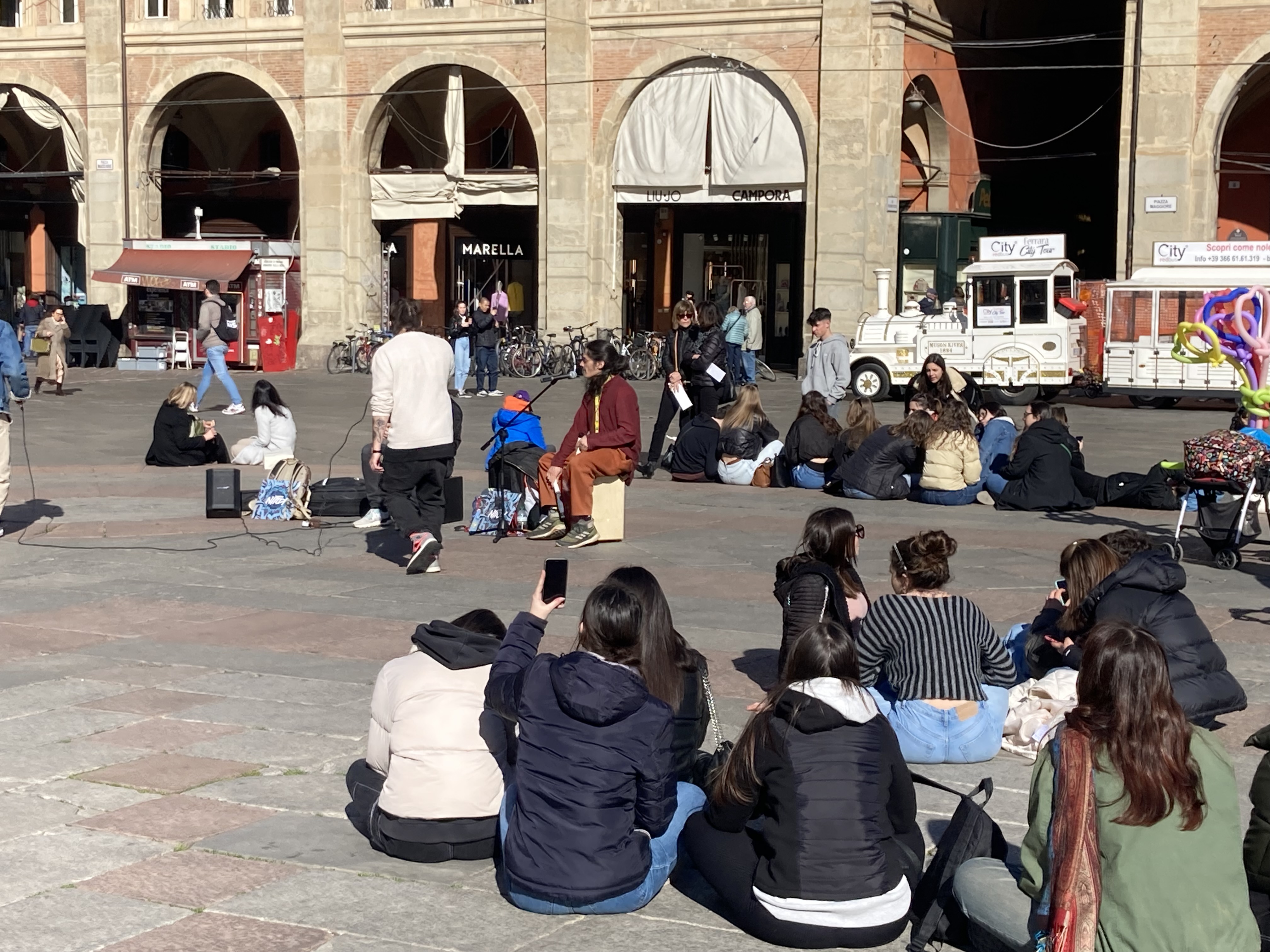
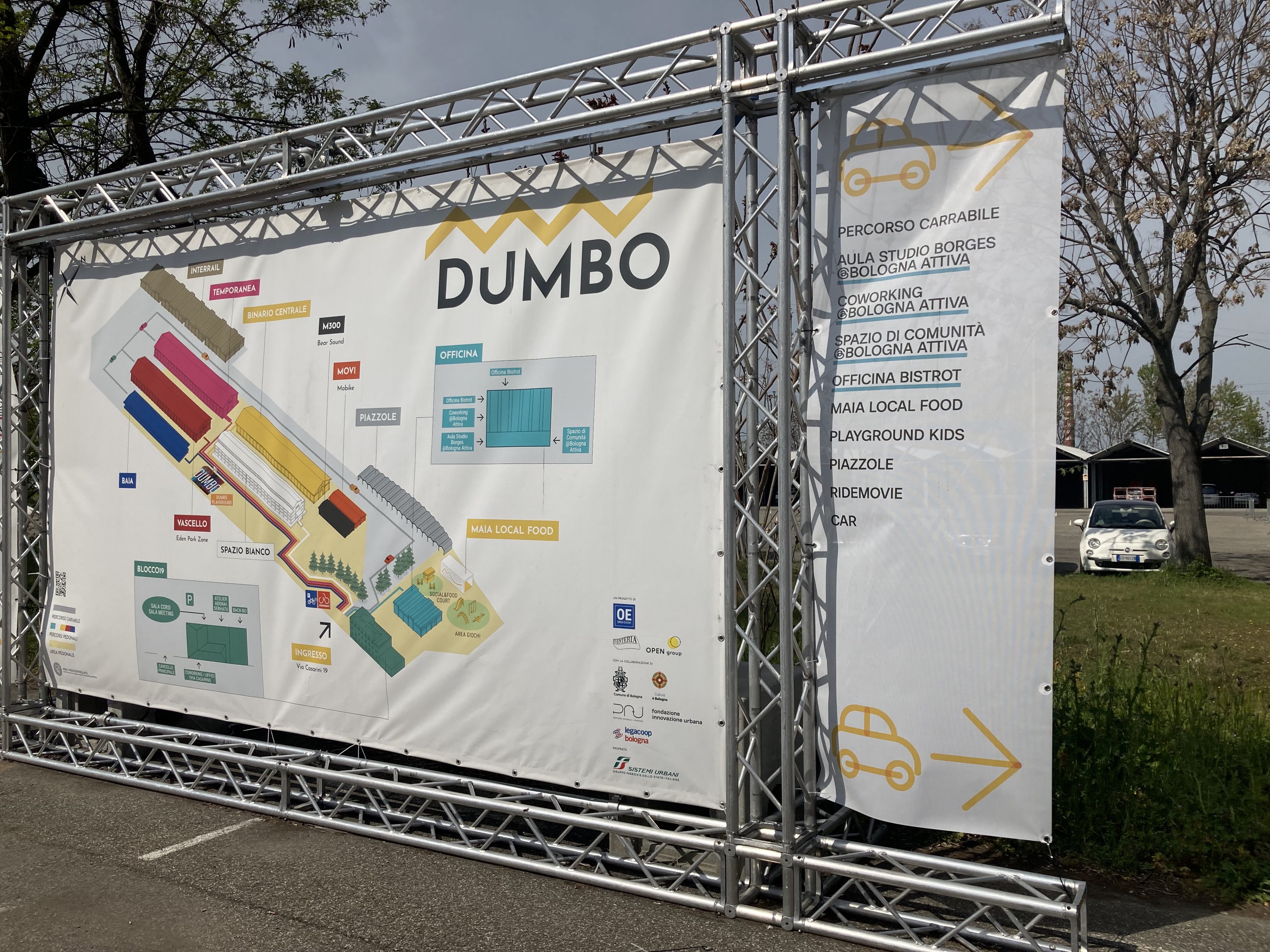
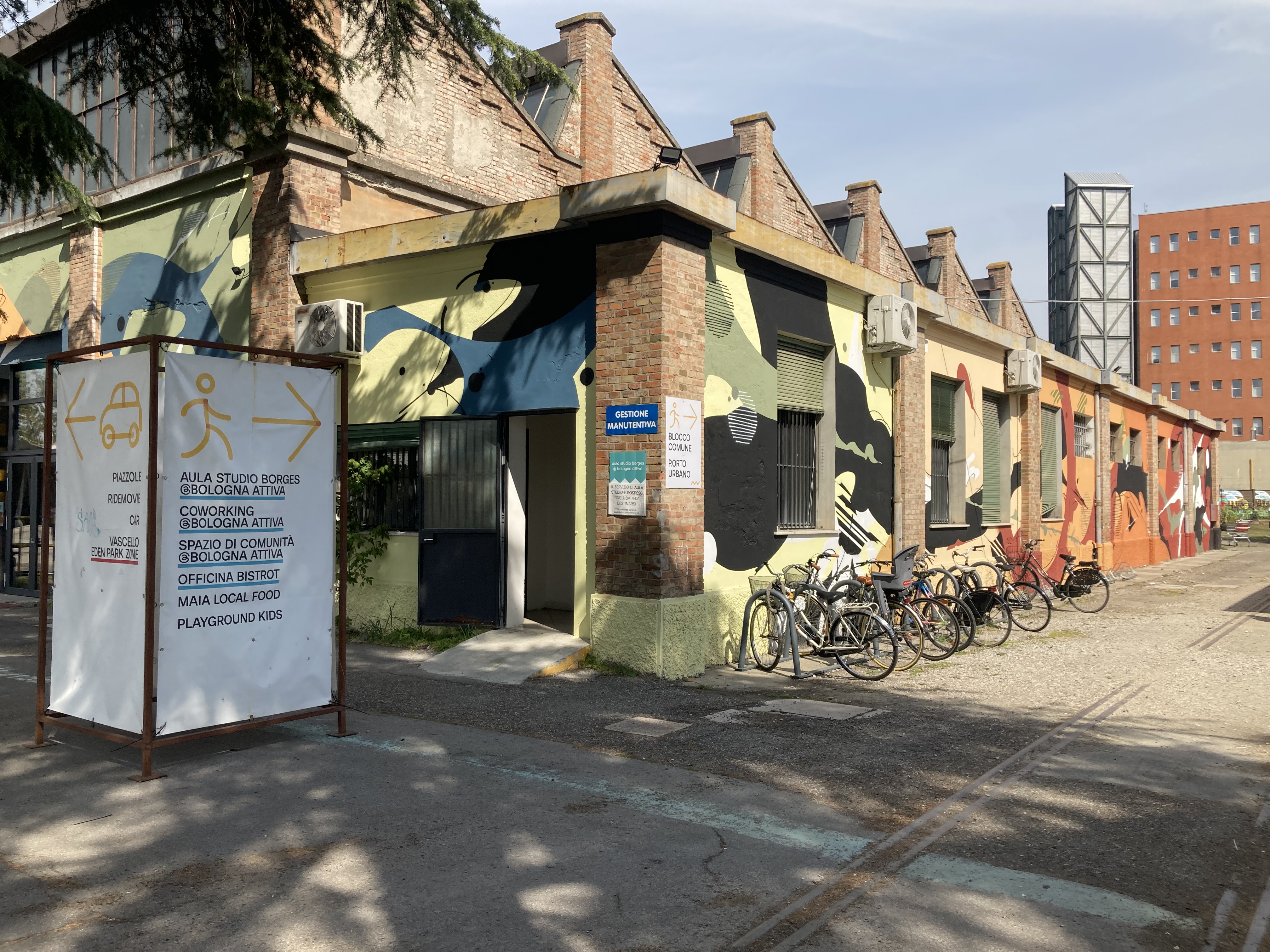


Nicholas
Thanks for this – a good read. A few years ago I was part of a built heritage study tour which included Bologna and Ravenna. Everything you say struck a chord!
Keep me on the mailing list.
Pete
Housing Futures Ltd
The Old Rectory
Draughton Road
Maidwell
Northamptonshire
NN6 9JF
predman@hfl.org.uk predman@hfl.org.uk
LL: 0333 006 4999
M: 07946 841 016
Pete,
Curiously next Monday July 10th is by far the best date, so letâs have lunch then.
Where would be easiest for you? I have started to use the Betjeman Arms at St Pancras for somewhere quiet and with reasonable food, or we could go to Casa Tua or venture further afield.
I was fascinated by your idea that countries follow each other, and can see that certainly applies to the spread of architectural and infrastructure fashions. Is it that bankers read the same papers, and if so, do they read the Economist or FT or rely on the Daily Telegraph?
Best
Nick
[cid:image001.png@01D9B00A.25293780]
Dr Nicholas Falk
Executive Director, The URBED Trust
a. The Building Centre, 26 Store Street, London, WC1E 7BT
t. +44 (0)7811 266538
e. nicholas.falk@urbedtrust.org
w. http://www.urbedtrust.comhttp://www.urbedtrust.com/
Visit my blog Postcards from the futurehttps://urbedtrust.org/
The URBED Trust is a company limited by guarantee with charitable purposes registered